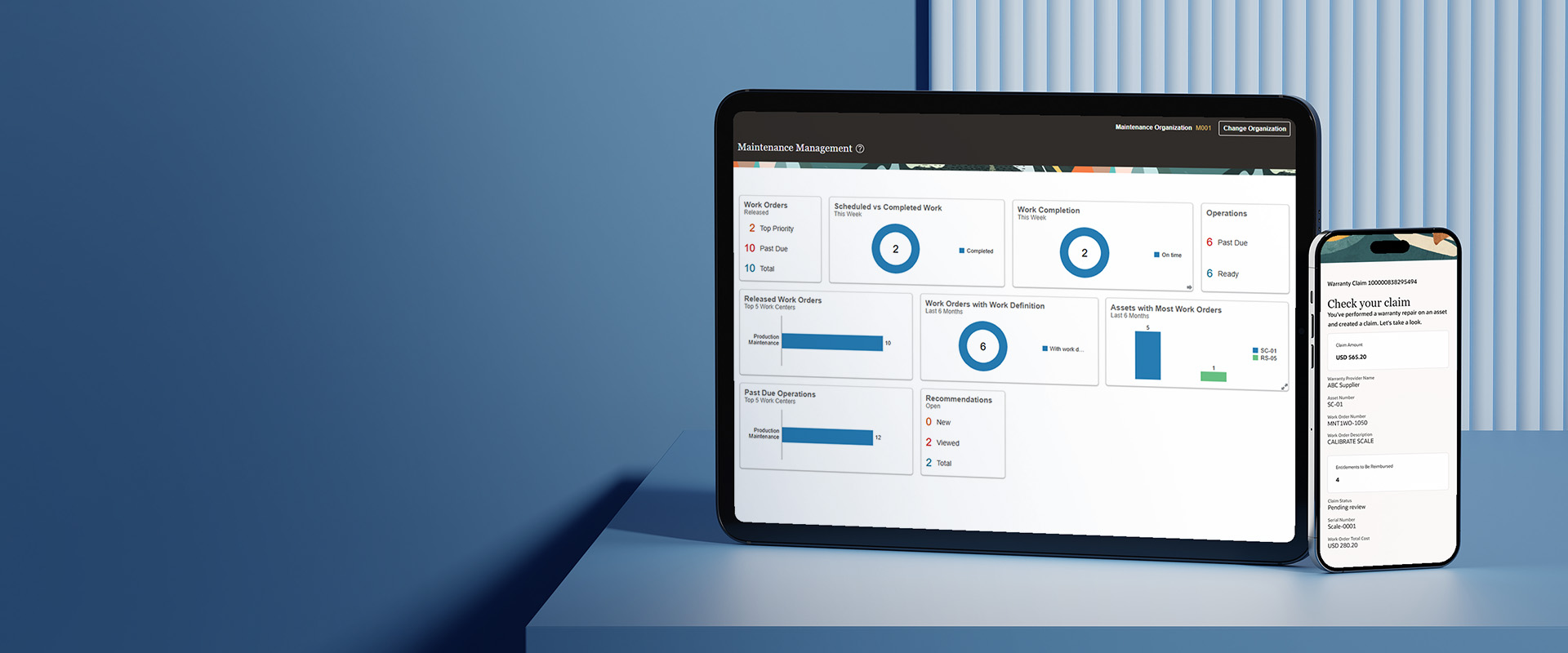Learn How to Overcome Cost Management Issues with Oracle ERP Cloud Implementation
Organizations require efficient and agile ERP systems to manage and use their business data in a highly competitive environment. The requirements may be for financial analysis, government requirements such as audits, taxation, reporting to stakeholders, etc. while keeping the infrastructure costs at the lowest possible level.
Oracle offers services such Oracle Cloud Implementation to cater to the needs of organizations. It involves the assessment of present and future workloads, performance requirements, expense budgeting, and returns projections. It provides an easy-to-connect tool for EBS running on Oracle Cloud Infrastructure as a Cost Management Solution.
It’s intended to deliver Enterprise-grade controls for Predictability, Control, Visibility, Optimization, and Extensibility
Predictability
Budgets can ensure predictable cloud spending. This tool can allocate budgets to different departments, forecast spending, helps to avoid overages, maintains thresholds, and the ability to send alerts for spending going above-set budgets is also possible.
Control
An adequate number of Business Units (BU’s) can be created based on the nature of products or services. The BU’s can have departments in the Organization structure based on activities performed. Department-wise budgets for high-value cloud resources can be defined as a detailed level of control, which can be centralized at the Organization level, thus, allowing continuous measurability of actual Cost Performance v/s Budget.
Visibility
Oracle’s cost management tools can be relied upon to maintain visibility over spending and cost optimization. A Cost Analysis dashboard can provide visibility, such as Cost by Service and Cost by Department, etc. Invoice reconciliation is also possible with the help of usage reports to get granular, timely, and resource-level visibility into the billing data. The Billing Cost Analysis dashboard can give significant segments contributing to cloud usage and cost, namely, cloud service and compartments, etc.
Optimization
Detailed usage reports are available for cloud optimization. Organizations can make business decisions for cost optimization by tracking high-cost and lowest CPU utilization to justify whether to keep it on or switch it off.
Extensibility
Existing cloud management and business intelligence solutions can be integrated. Oracle Cloud Implementation and Cost Management provide that level of extensibility. Flexibility to use the granular data from the usage report, creation of custom reports, visualization, and dashboards are also available.
Monitoring
Organizations need to monitor the health and capacity of their cloud infrastructure resources. It is required to optimize the performance in real-time continuously. The following are a few broad features:
- Assured availability and performance of the cloud system
- Detection and fixing of problems with predictive analysis before they can impact your business
- Visibility to identify bottlenecks and under-utilized resources to optimize accordingly
A broad comparison between Cloud Cost Management vs EBS Cost Management is given in the table below to assess the decision-making advantages.
| Particulars |
In Cloud [R.13 to 21A] |
In EBS [R 12.1.N onwards] |
Remarks |
| Functionalities | |||
| Cost Organization | Inventory organizations under a profit center business unit can be defined singly or in a group | Individual Inventory organizations to be defined as a profit centers. | Sharing of Costs among Inventory organizations under a cost organization is possible. |
| Costing by Cost Book | Transactions can be costed with multiple costs according to the purpose using cost books | Costing of the transaction can be done with predefined costing methods at the Inventory Organization level. | Cost analysis and reporting of the same transaction can be done without creating different inventory organizations. |
| Valuation Structure | Costing at detailed levels, such as Cost Org, Inventory Org, Sub Inventory, Item, Locator, Lot, Serial, or Grade, is possible. | Unique costs can be maintained for an Item at the Inventory Organization level. | More detailed cost definition, enabling more accurate Transaction values and Inventory values. |
| Cost Elements | More Cost Elements can be defined and grouped under Material, Overhead, Resource, Adjustment, and Profit in Inventory to represent accurate costs. | Limited Cost Elements can be defined as Material, Material Overhead, Resource, Outside Processing, or Overhead. | Provides more detailed cost definition that is useful for decision-making, valuation, etc. |
| Cost Profile | Valuation structure, Cost Elements, and costing method can be assigned to each item as a combination. | Not applicable. | Adjustments can be reduced with flexible accounting of cost transactions based on the cost profile |
| Cost Analysis | Comparison between one or more cost scenarios can enable better analysis. | Cost analysis with limited Cost Elements and reports is relatively less effective. | Detailed rolled-up costs help with more visibility into current and future costs with graphical and hierarchical views. |
| Cost Scenario | A cost scenario can be used to update item cost, overhead, and resource cost. After publishing the cost, it becomes non-updatable. | Cost rollups and cost updates can be done many times in the same Cost Type. | Not applicable. |
| Ability to Change Accounting | Flexible Account mapping that can be revised as needed. | After a transaction is done, the Accounts are frozen. | Revisions in Organization and Sub Inventory setups are not required each time accounts are to be changed. |
| Migration/ Conversion | |||
| Cost Import | This can be done using MS Excel-based templates. | Standard templates are not available in EBS. | Simplified and faster process for Cost Import in the cloud. |
| Reporting and Analytics: | |||
| Reports | Oracle Transactional Business Intelligence (OTBI) can be used for highly flexible reporting and excellent data visualization. | For reporting, the availability of standard reports is limited. Custom reports need to be developed for effective reporting. | The effectiveness of reports and data is enhanced with graphs, machine learning, and artificial intelligence. |
| Costing Dashboard | Dashboards can be configured in interactive and actionable ways. | No availability of standard dashboards. | Not applicable. |
Conclusion
Jade has the ability and professional experts to help organizations implement Oracle Cloud Implementation and Cost Management. It can help them reliably assess the infrastructure requirements, setup, and recurring costs. Jade can successfully facilitate organizations to take advantage of a Modern User Experience (UX), Functional Innovation, and Operational Efficiency.













